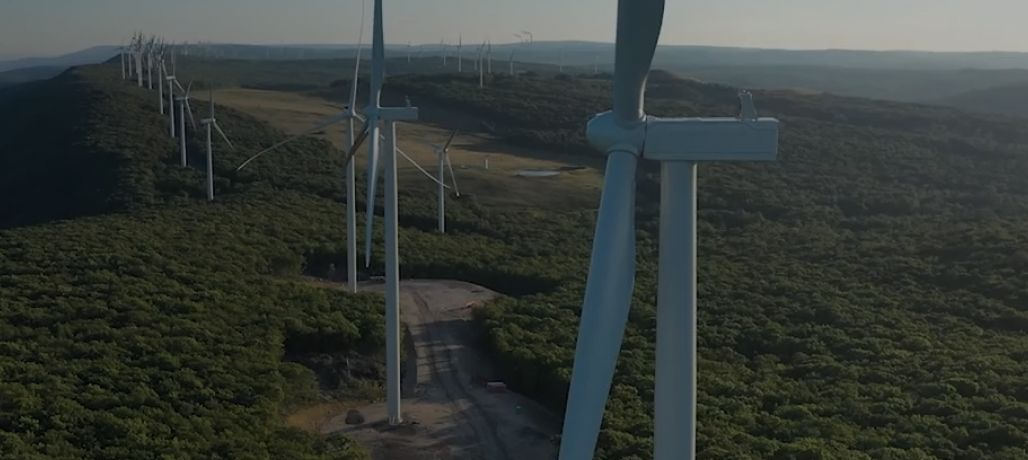For generations, Bechtel has been entrusted by the U.S. government and governments around the world to design, build, and manage projects that make delivering a safer and more secure world possible.

Secured
-kXx9QdWaUD-660w.jpeg)
“Delivering a safer and
more secure world.”
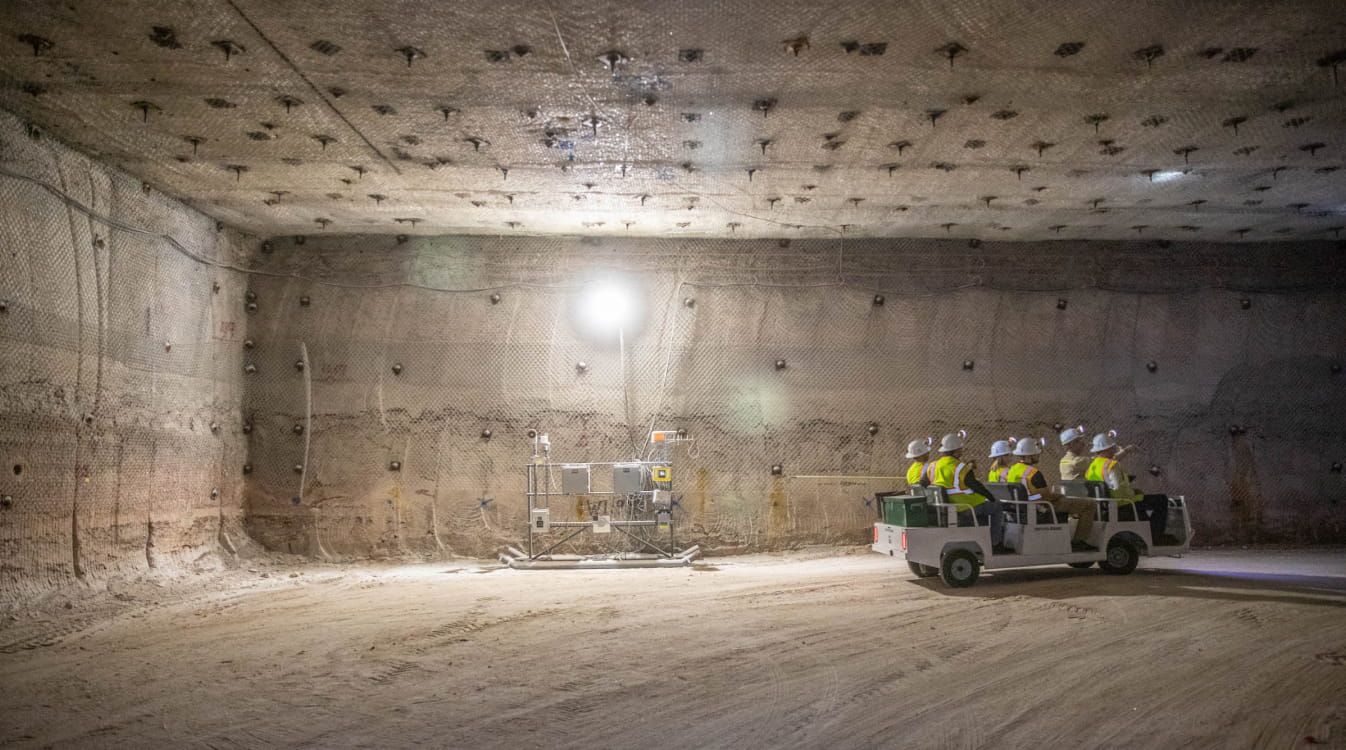
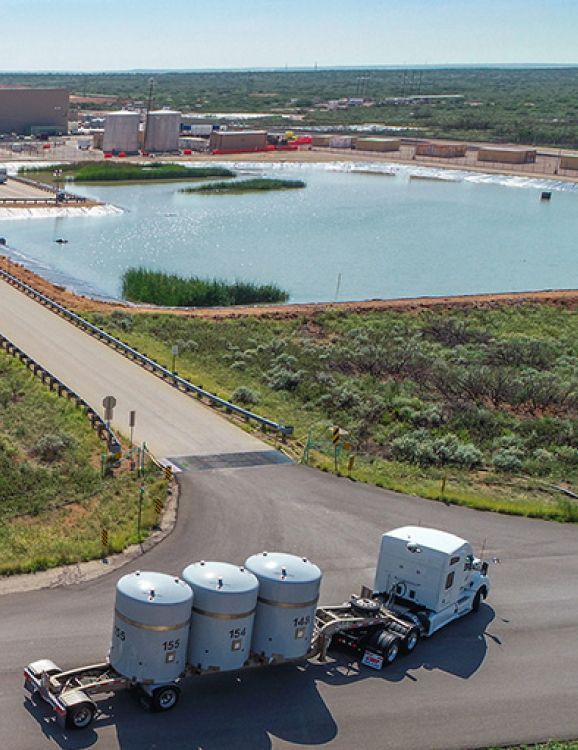
Waste Isolation
Pilot Plant
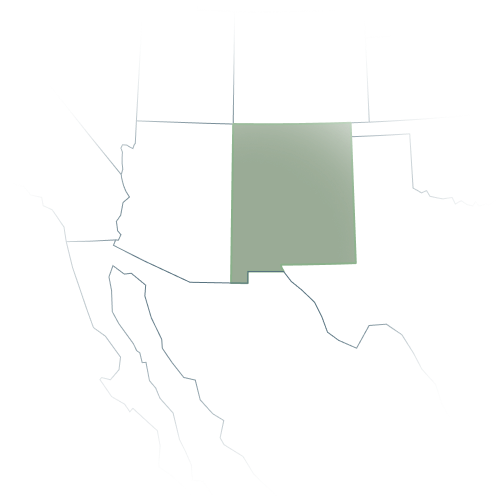
Bechtel manages and operates the Waste Isolation Pilot Plant (WIPP) for the U.S. Department of Energy. For more than 20 years, our team has been at various sites overseeing the safe and permanent disposal of legacy waste from nuclear weapons production and nuclear defense activities. Bechtel has been trusted with managing the nation’s only deep underground repository for nuclear waste.
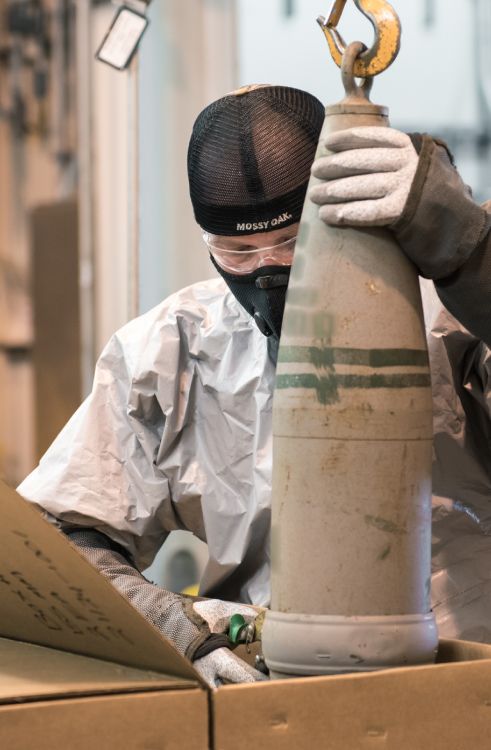
Blue Grass Chemical Agent-Destruction Pilot Plant
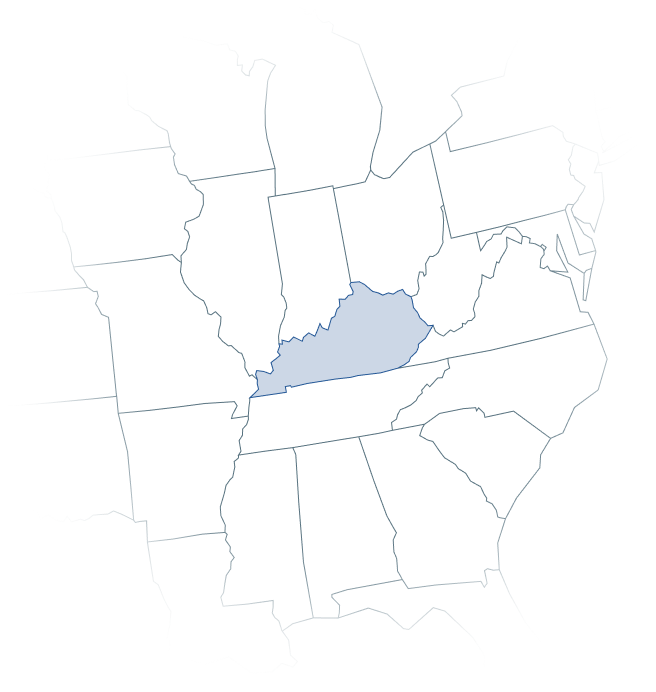
In 2023, a Bechtel-led team made history by safely destroying the last remaining U.S. chemical weapons stockpile leftover from World War II at the Blue Grass and Pueblo Chemical Agent-Destruction Plants in Kentucky and Colorado, respectively. At Blue Grass, our team destroyed more than 100,000 mustard agent and nerve agent-filled projectiles and rockets using neutralization and explosive destruction technologies. The final munition at the Blue Grass Army Depot was safely destroyed in July 2023.
-1-tRxJ2vcOrg-1345w.jpeg)
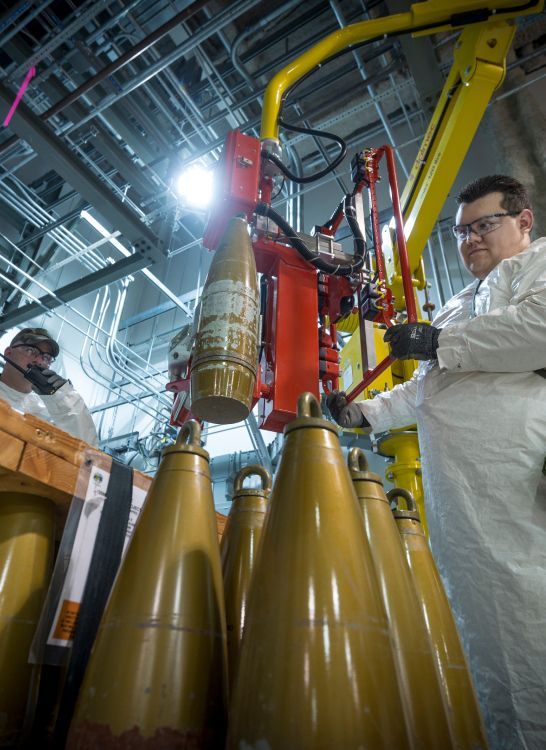
Pueblo Chemical Agent-Destruction Facility
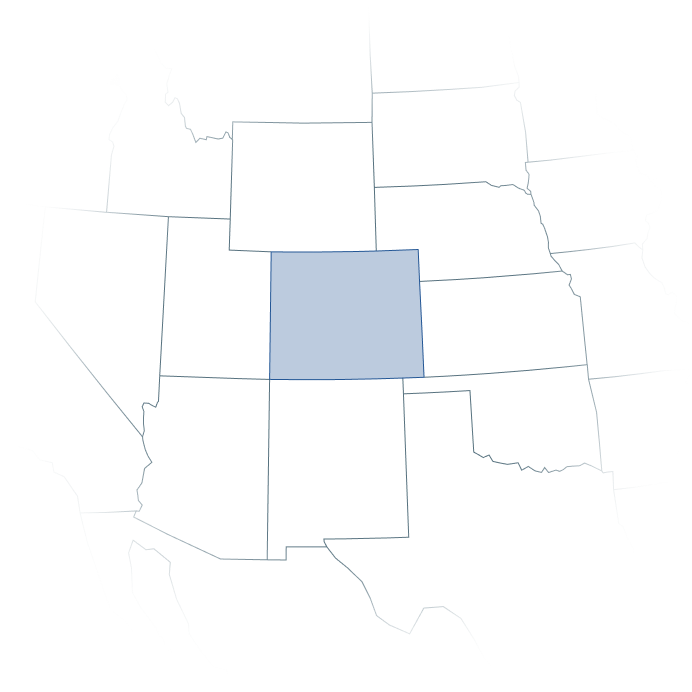
As part of the U.S. Department of Defense’s commitment to the 1997 Chemical Weapons Convention, Bechtel was contracted to design, build, test, and operate a first-of-its-kind plant at the U.S. Army Pueblo Chemical Depot in Colorado that would safely immobilize this stockpile, which at the time included more than 2,600 tons of chemical agent, projectiles, and mortar rounds that required our help to safely eliminate. The final munition at the Pueblo Chemical Depot was destroyed in June 2023, months ahead of schedule.
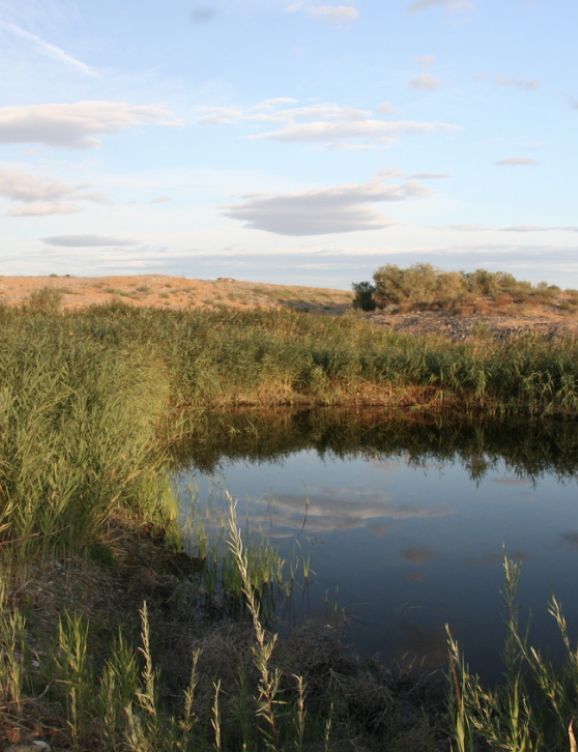
Hanford Waste Treatment Plant
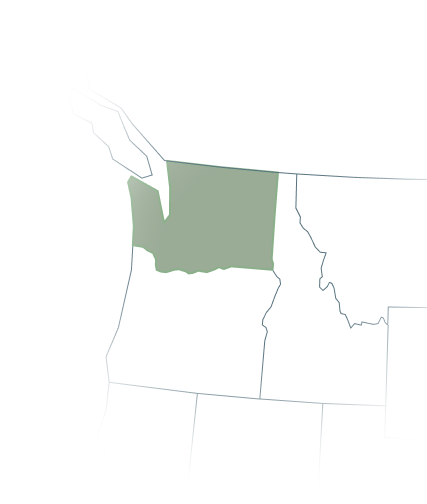
We’re continuing to work with the U.S. Department of Energy at the Hanford Waste Treatment Plant on one of the most challenging environmental projects in history. Bechtel is designing, constructing, and commissioning the world’s largest and most sophisticated radioactive waste treatment plant to stabilize plutonium byproduct waste that dates back to WWII and the Cold War. Our mission is twofold: safely dispose of this historical waste and ensure the safety of the Columbia River and the surrounding communities. In 2023, we reached a massive milestone — heating the first melter to our target 2,100 degrees Fahrenheit, marking one step closer to transforming the nuclear waste into a glass form for safe storage.
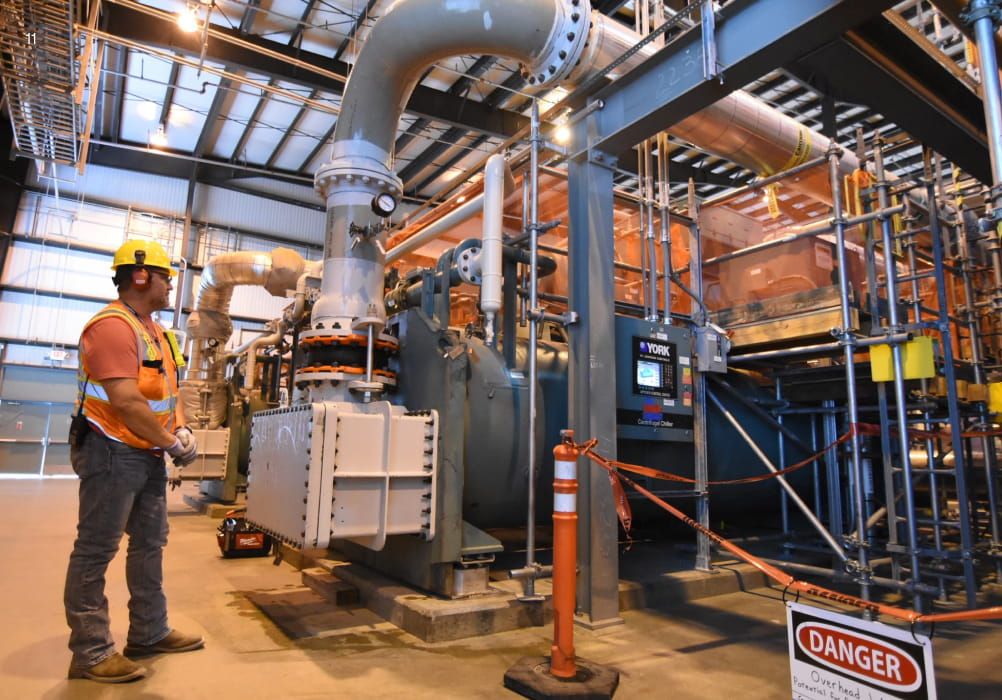

Lawrence Livermore U.S. National Laboratory

Working with the University of California, a Bechtel-led team recently achieved historic breakthroughs at the Lawrence Livermore U.S. National Laboratory (LLNL). The innovations will help further the country’s security and technological capabilities.
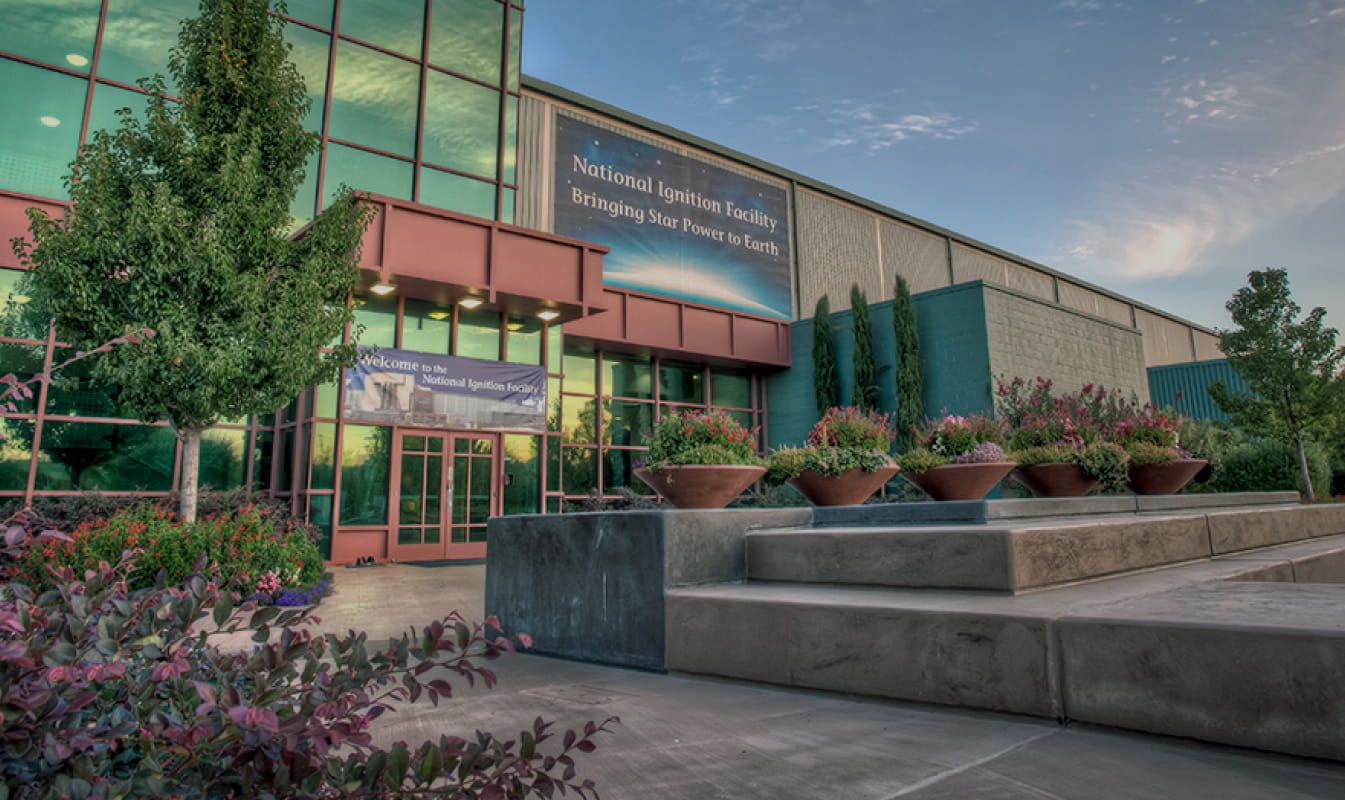
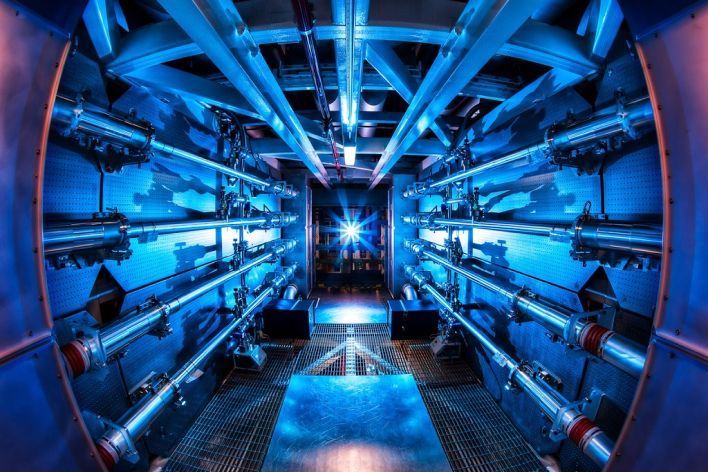
- Exterior patio of the National Ignition Facility by Lawrence Livermore National Security, licensed under CC BY-SA 3.0 DEED.
- NNSA's National Ignition Facility at LLNL made an historic record-breaking laser shot on July 5. The NIF laser system of 192 beams delivered more than 500 trillion watts (terawatts or TW) of peak power and 1.85 megajoules (MJ) of ultraviolet laser light to its target.
Fusion Breakthrough
LLNL achieved fusion ignition, paving the way for advancements in clean energy technology, supporting U.S. security and defense measures, helping enable high-performance computing, and furthering advanced materials and energy research.
- Exterior patio of the National Ignition Facility by Lawrence Livermore National Security, licensed under CC BY-SA 3.0 DEED.
- NNSA's National Ignition Facility at LLNL made an historic record-breaking laser shot on July 5. The NIF laser system of 192 beams delivered more than 500 trillion watts (terawatts or TW) of peak power and 1.85 megajoules (MJ) of ultraviolet laser light to its target.
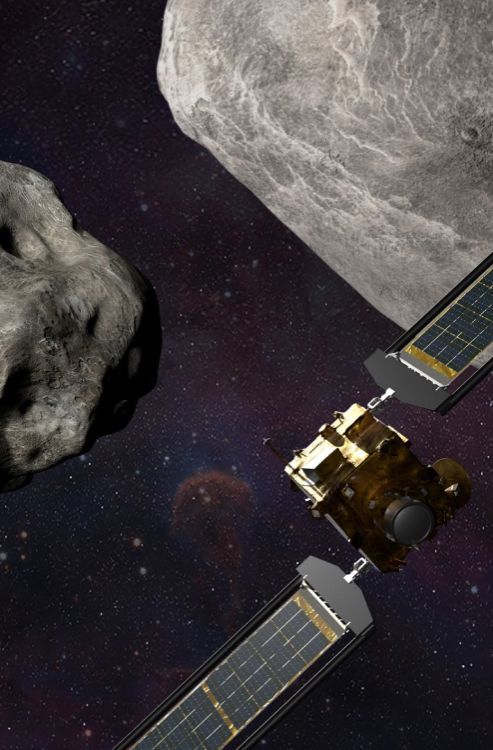
DART Milestone
LLNL has been supporting NASA’s planetary defense mission since 2014. In 2022, we successfully sent the Double Asteroid Redirection Test (DART) satellite toward an asteroid 7 million miles away from Earth, advancing our defense strategy against asteroids that might cross our planet’s path.
- NASA/Johns Hopkins, APL/Steve Gribben. Lawrence Livermore takes part in NASA’s first planetary defense test


